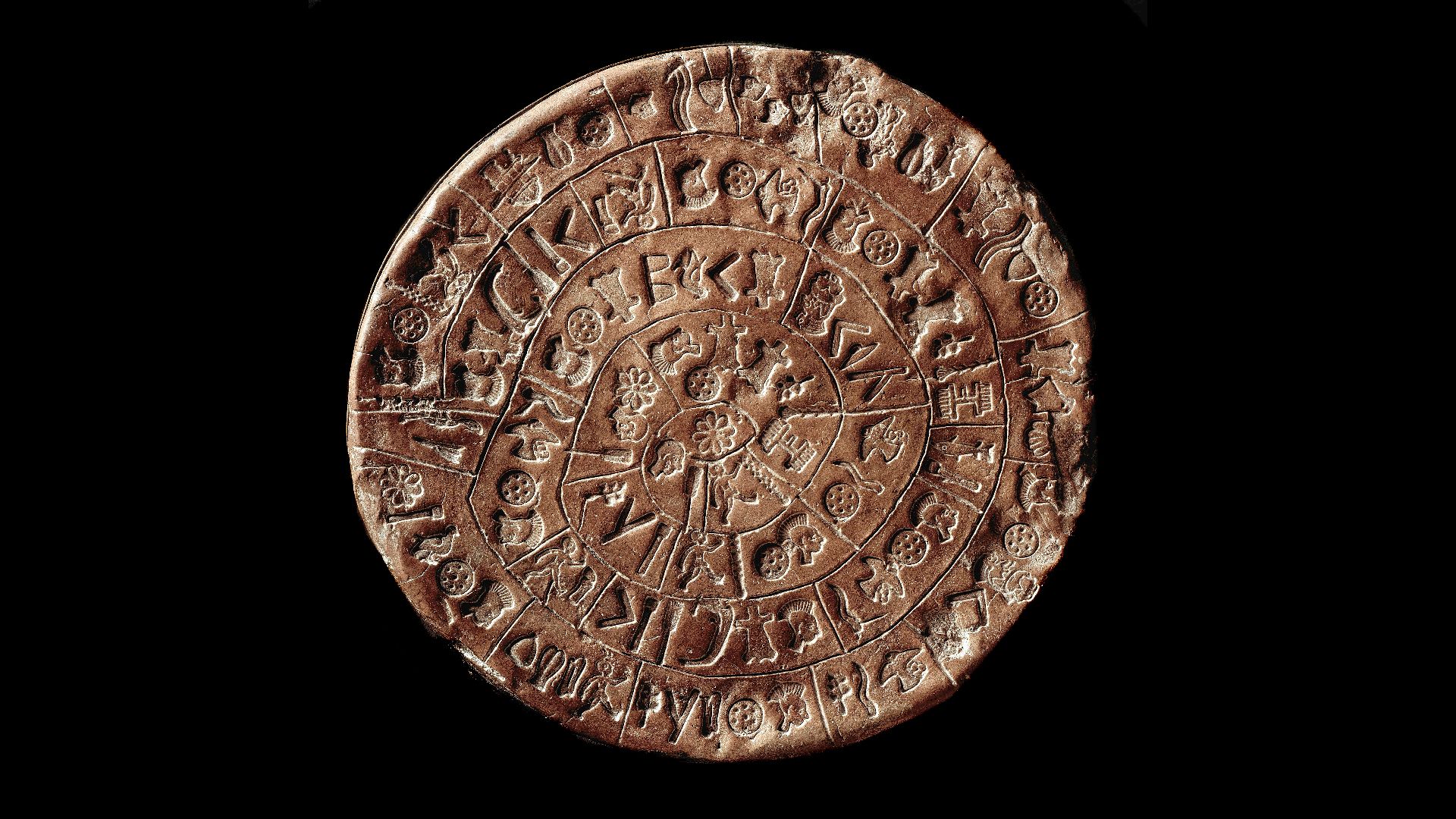Phaistos Disk: 3,000-year-old inscriptions from Crete that have never been deciphered

Phaistos Disk
A clay disc, fired and inscribed with symbols that remain undeciphered
The ancient Minoan civilisation on the Mediterranean island of Crete
Over 3,000 years ago
Related: Located in Egypt, Nabta Playa is a mysterious stone circle, which may represent the world's earliest known astronomical observatory.
Information on past events it provides
.
It was said that the city was a civilisation that was located on the Greek mainland.
Under the palace he built at Knossos on Crete, a fierce monster was said to have been kept, killed by the Athenian hero Theseus. Archaeologists propose, however, that the Minoans inhabited Crete sometime between 3100 and 1150 BC - roughly centuries prior to when legends suggest Minos and Theseus lived, in around the 12th century BC.
The disc was discovered in the remains of a Minoan palace at Phaistos, a significant archaeological site on the southern coast of Crete. Measuring approximately 15 centimetres in diameter, it features two spirals of inscriptions - one on each side - which specialists widely believe may represent a form of script. However, the meaning of the symbols has yet to be deciphered, despite numerous attempts.
In total, the disc contains 241 instances of 45 symbols. Some symbols explicitly represent individuals, while others depict animals, vegetation, arms, equipment, and other items. These symbols are assembled into "words" by vertical lines, although nothing is understood about the sounds or functions associated with them.
They penned a letter regarding a land dispute expressed in the Luwian script of ancient Anatolia (present-day Turkey).
Some suggest it was written in either Hittite or Egyptian, while others think it might be either a prayer to a goddess or a funeral hymn, though written in a language yet to be identified.
Post a Comment for "Phaistos Disk: 3,000-year-old inscriptions from Crete that have never been deciphered"